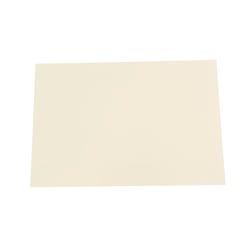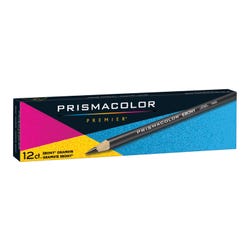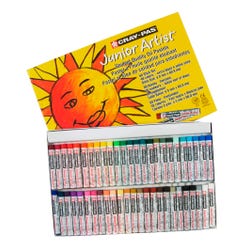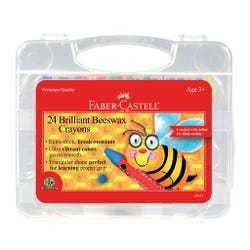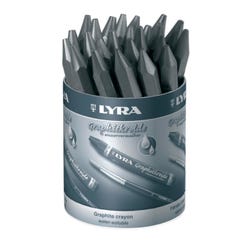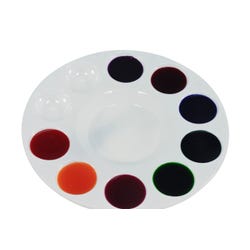Paint & Draw Like Pollock & Friends

Description
Lesson Plan and Artwork by Annette Johnson
In the 1940’s a group of American artists in New York created a radical new direction in art known as Abstract Expressionism. Influenced by the Surrealist movement, they believed that art should be a free spontaneous, subconscious creation flowing freely from the artists mind to the canvas with no prior planning. Students will study the Abstract Expressionist movement and choose one artist as an inspiration to create an original work of art.
Objectives
- Study the work of Jackson Pollock the leading force behind the Abstract Expressionist movement.
- Study his drip and splash paintings and his All-over method of painting and observe how his use of color and manipulation of the media was used to express his emotions.
- Create their own Abstract Expressionist artwork using the methods they researched.
Supplies Needed
Sax® Liquid Washable Watercolor Paint, 8 Ounces, Assorted Colors, Set of 8
Sax® Watercolor Paper, 18 x 24 Inches, 140 lb, Natural White, 50 Sheets
Sakura® Cray-Pas® Junior Artist Oil Pastels, Assorted Colors, Set of 50
Faber-Castell® Jumbo Triangular Beeswax Crayons, Assorted Colors, Set of 24
Lyra® Water Soluble Graphite Crayon, Assorted Tips, Set of 24
Prismacolor® Premier® Ebony Graphite Pencil, Pack of 12
*Here are the supplies needed for this lesson plan for reference. Find a convenient carousel of shoppable products for this lesson below.
Standards
Standard #1: Generate and conceptualize artistic ideas and work.
Standard #2: Organize and develop artistic ideas and work.
Standard #3: Refine and complete artistic work.
Standard #5: Develop and refine artistic work for presentation.
Standard #8: Interpret intent and meaning in artistic work.
Standard #10: Synthesize and relate knowledge and personal experiences to make art.
Instructions
1
Research the works of the most prominent Abstract Expressionists.
2
After researching the Abstract Expressionist students will choose one artist to use as inspiration for their piece and study their brush and color use.
3
Abstract Expressionism became the first authentic American Avant-garde art form.
4
The artist of the period used large canvas structures to paint on. Student should be given a large sheet of water color paper. 18 x 24 would be ideal. They will use this to create their own original work based on the artist they have chosen.
5
At this point students will need to decide if they want to lay down watercolor as a base color or use the watercolor to enhance the artwork once completed. The choice will be dependent on the style of the artist the student has selected for inspiration.
6
Using a variety of mixed media drawing materials start working in the center of the piece of paper developing abstract patterns in the style of the artist chosen. Continue to create pattern as you move to the outside edge of the paper moving the paper clockwise as you work. This movement of the paper will allow for an all over pattern.
7
When completed have students discuss their work and the artist who inspired it.




